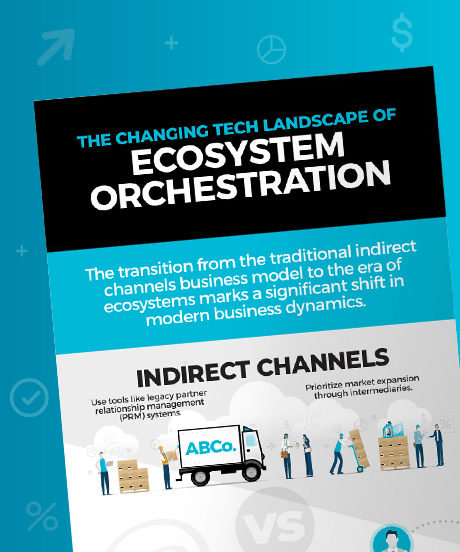Multi-Tier Channels are hierarchical structures used in the distribution or delivery of goods, services, or information, involving multiple levels of intermediaries such as distributors, wholesalers, and retailers. These channels facilitate efficient movement and reach of products from producers to end consumers.
This involves:
- Coordinating interactions among different channel levels
- Managing supply chain logistics and communication
- Implementing strategies for pricing, promotions, and inventory control
Practical Applications
Businesses leverage multi-tier channels to expand their market presence, optimize distribution networks, and ensure their products or services are accessible to diverse customer segments. For example, a manufacturer may use regional distributors, who then supply to local retailers, ensuring coverage across varied geographic areas.
Importance and Benefits
Multi-tier channels are vital as they help businesses scale operations, improve supply chain efficiency, and enhance customer satisfaction through faster and more reliable product delivery. They also provide insights into regional market trends, enabling more targeted marketing efforts, and fostering stronger partnerships across all levels of the supply chain. This leads to increased brand visibility, streamlined operations, and higher overall profitability.
Centralize Ecosystems to Adapt to Market Trends

Infographic
The Changing Tech Landscape of Ecosystem Orchestration
The transition from the traditional indirect channels business model to the era of ecosystems marks a significant shift in modern business dynamics.
The new world of Ecosystem Orchestration fosters innovative, seamless collaboration and flexibility.
See the contrasts of Ecosystem Orchestration with the constrictions of traditional PRM and the impact of this implementation on your business.
